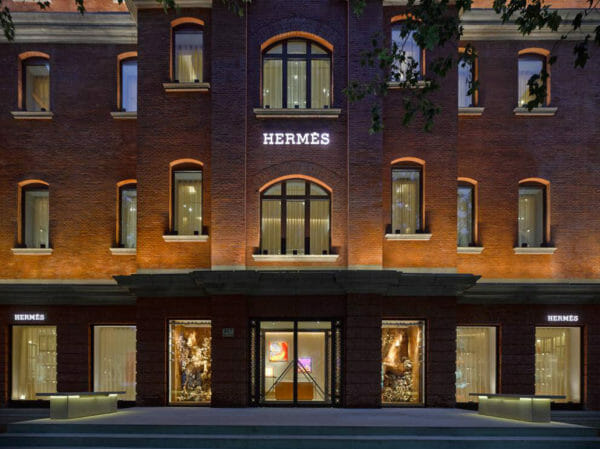A Few Surprises for the Chinese consumer aspirations for premium products …
Macro – pandemic- related restriction is the second biggest reason that could limit consumption in 2022 after rising cost of living.
According to National development and Reform Commission about 490 million people has entered teh middle-income class by the end of 2020, which is defined as households with 3 members that have an annual income of RMB100k-500k. Based on their forecast, the middle-income population in China could grow to approximately in the range of 590 million to 610 million class in the next 5 years.
Three sectors which garner the domestic fever namely, beauty, infant milk and sportswear. China’s sportswear companies have gained much market share after the recent geopolitical tensions; there is a growing preference for domestic brands such a Li Ning and Anta at the expense of foreign brands.
Domestic milk formula has been gaining trust of the consumers these years. The market share of domestic infant milk formula products shrank from 60% in 2007 to 40% in 2015 following a domestic milk scandal in 2008. However, with tighter regulations and the new registration system for new products, domestic brands have regained market share and now the market is split equally with foreign brands.
Domestic beauty products have become popular when they are able to deliver high-quality products sophisticated approach and also due to its digital marketing channels to cater for younger generations.
Apparel and footwear – Prada which was the favourite in the HSBC’s last two surveys, lost its outerwear crown to Burberry.
While Gucci steps into Louis Vuitton’s shoes as the most preferred luxury footwear brand. Followed by LV and Chanel. Big surprise.
Watches – Rolex maintains its top position, consistent with HSBC’s last three surveys. Omega slipped two places to settle at fourth versus second rank in all previous surveys.
Jewelry – Generalist brands such as Louis Vuitton, Hermes, Dior, and Chanel are still more favoured by respondents than many jewelry specialist brands.
Travel – Japan slips two positions from the most preferred travel destination in our last survey; France is at the top.
Skin care and makeup – Korean brands ranked first in makeup and second in skin care, moving up two spots and one spot respectively.
Chinese consumers continue to rank French as their brand provenance of choice for both skincare and makeup. However, it is interesting to note that a materially higher share of consumers now picks Chinese brands as their first choice.
Beverages – There is clear evidence of premiumization in baijiu and beer consumption as respondents are shifting from mid-to low-end products to sub-high-end products.
Baijiu is the most frequently consumed spirits category although scotch and cognac was high among respondents. Hennesy is the most preferred cognac while Pernod-owned brands feature highly among scotch whiskies. While Budweiser as highly sough-after beer.
Luggage – Samsonite lost its crown as the most preferred luggage brand to Crown. Crown is a more affordable brand.
Sporting goods – Local brands gain share of votes but Nike and adidas still the most preferred brands.
How willing people are to pay similar prices for Chinese brands over Nike, adidas etc when given a choice on similar products. Interestingly, 27.5% of respondents said they would pay a similar price to purchase Li Ning’s products as Nike or adidas. Anta, Fila and Xtep received 21.2%, 14.1% and 13.3% respectively. This shows the rising pricing power of the Li Ning brand. It also indicates a positive signal for Xtep brand versus its actual market share in 2021, which was only 4.4%.










